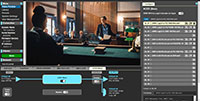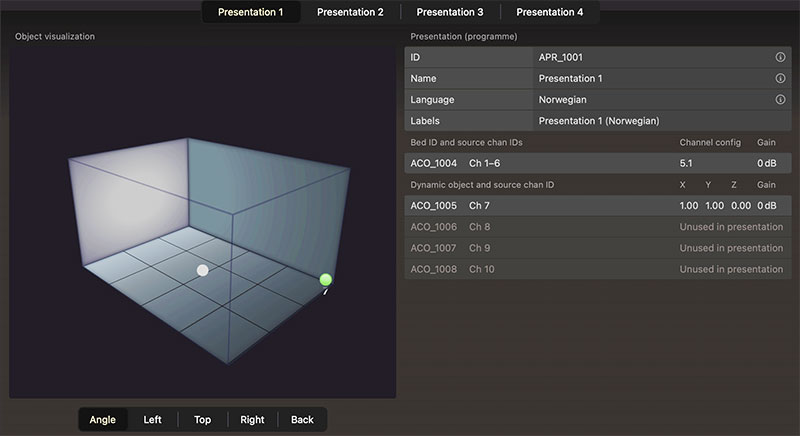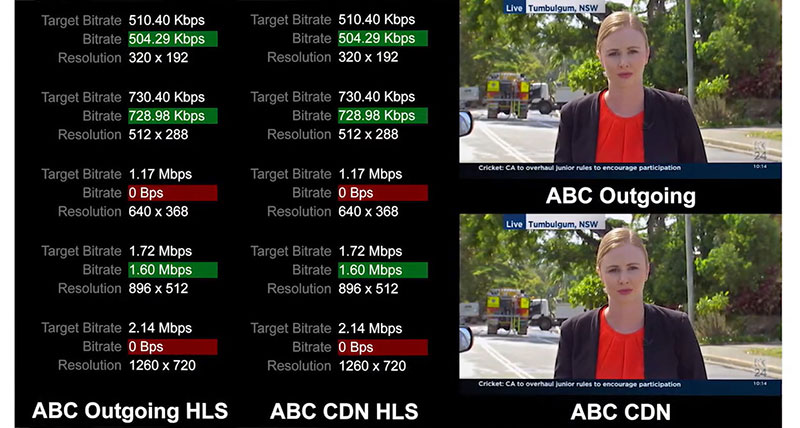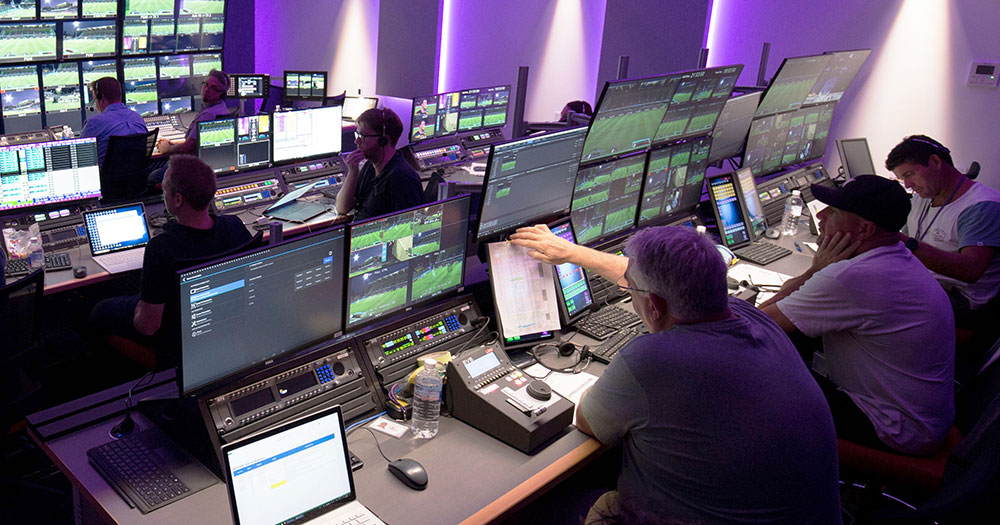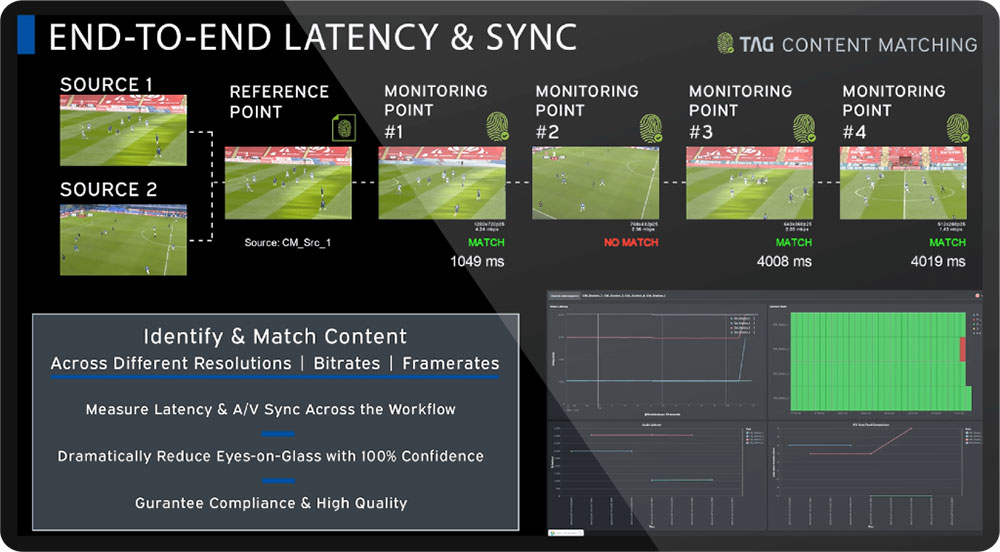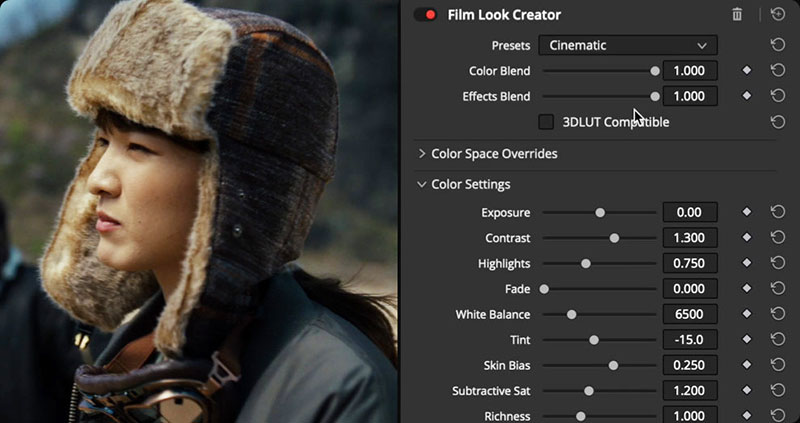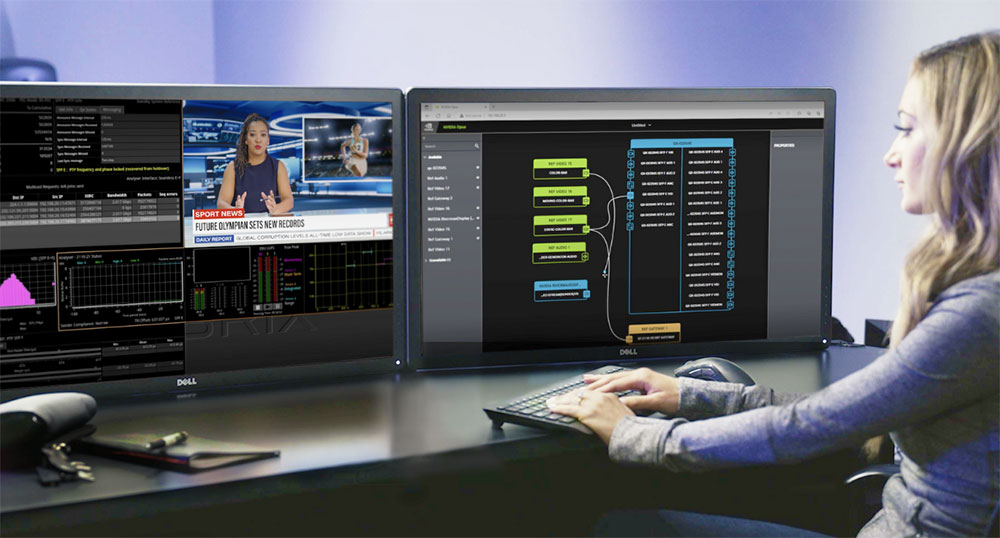disguise Designer has new Public APIs allowing users, including non-specialists, to meet specific workflow requirements and create custom functionality on the disguise platform for projects.

Status Support API for viewing system health in 3rd party monitoring tools.
disguise has released a new version of Designer real-time graphics software that includes a new set of APIs. Made for working with LED virtual production stages, projection-mapped buildings and similar applications, developers can use the APIs to build custom tools on the disguise platform for tasks such as camera calibration and colour control, and setting up simple workflows for complex visualisations.
Scope for integrations has been a regular feature of Designer, and the new APIs are intended to increase its potential. Users can use the APIs to build on the disguise platform, develop new integrations tailored to their specific workflow requirements and create specific, value-added functionality for projects.
“For over 20 years, creatives have used Designer software to preview what 2D and 3D content will look like on stage, simulate LED projections, synchronise content to timecodes and other jobs supporting live and real-time projects,” said Raed Al Tikriti, disguise Chief Product Officer. “The new APIs make it easier for non-specialist users to create customised workflows for these uses. Creating specific tools required for a particular task increases efficiency and control in the workflow.”
New Use Cases

Simplified show control
Some new use cases supported by the APIs include the ability to manage and control UIs that simplify show control and improve access for people with little or no disguise experience, resulting in targeted workflows.
One of the APIs allows users to set up camera calibration from any device, in any location, supporting remote calibration control. For example, operators can calibrate while standing with a camera on xR or VP stages.
Another API addresses control of disguise servers, saving time with less back-and-forth between applications. This API enables control of disguise projects and RenderStream workloads (cluster rendering, used to distribute rendering power across multiple render nodes) through simplified administration operations such as start, stop and restart.
A Status Support API allows users to view disguise system health and status in conventional monitoring tools, or to build custom status UIs. Users can monitor machines with methods to output an overall health status, as well as specific operations such as genlock and notifications.
Because experienced colourists prefer to use tools specifically focused and geared to colour science, a new API enables colour control in disguise from inside specialist colour applications including Pomfort’s colour grading application Livegrade Studio.
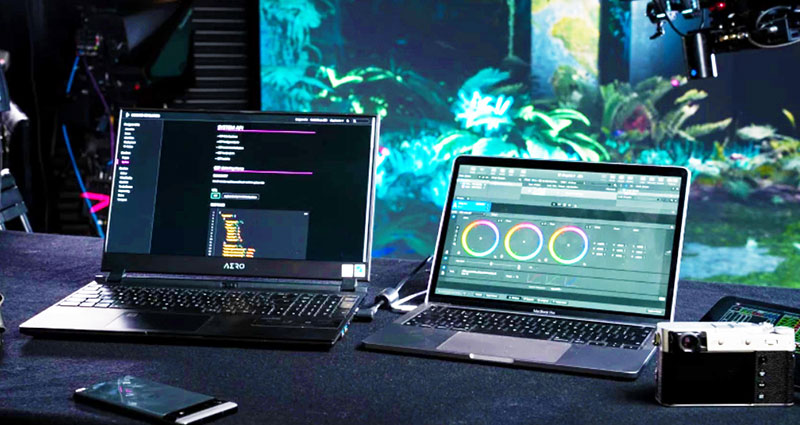
Colour control in disguise from inside grading software.
Developers
All disguise APIs are scalable, designed using the common HTTP and JSON approach with OpenAPI documentation to help simplify adoption for workflows. Developers, partners and integrators can access them on disguise’s new Disguise Developer portal, which was created to give users the power to build new capabilities with disguise in innovative ways.
James Walton is Director of ON LX Limited, software design specialists for lighting, video and control systems. He said, “The HTTP API allows close integration with disguise. Alongside playback controls, the release gives us a way to construct monitoring systems to allow our Ctrl Suite users to build workspaces that react in real time to system events, and design network and device changes to send commands, alongside the existing playhead and triggering controls.
“The data that can be accessed through this API, and used across multi-server installations, makes a considerable difference to teams building unified control systems. We’re looking forward to the new opportunities this API brings.”
Developers can now access Designer’s suite of APIs along with its documentation and guidance for building integration at the Disguise Developer portal. www.disguise.one






